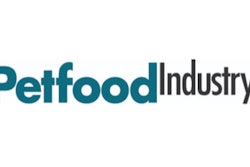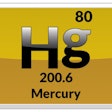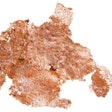
Focus on chemical element Phosphorus illuminated in periodic table of elements. 3D rendering
The bioavailability of phosphorus in plant-based pet foods may present new challenges for formulators. | HT Ganzo I iStock.com
In years past, we seldom pondered phosphorus availability in pet diets. That was because phosphorus was often found in excess (see Petfood Industry magazine, July 2021). With animal-based protein concentrate meals (rendered proteins), the level of phosphorus has been abundant and the bioavailability high — nearing 100%.


















